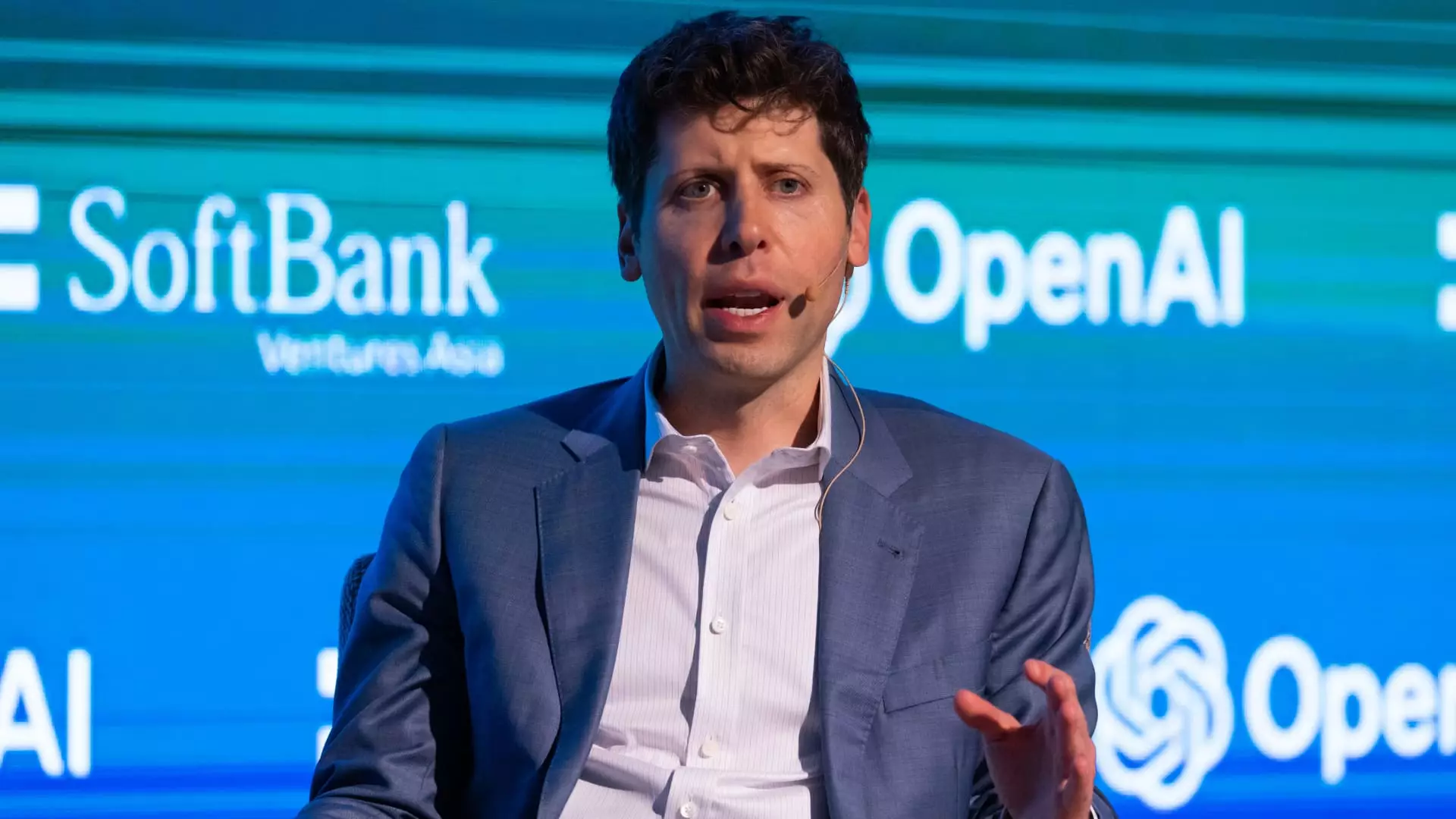OpenAI, in a pivotal announcement made on a Friday, indicated a significant transition on its horizon—the shift toward a for-profit model by 2025. This move entails establishing a Public Benefit Corporation (PBC) to manage its commercial interests, thereby loosening the constraints tied to its original nonprofit status. The decision is largely influenced by the competitive landscape of artificial intelligence and the necessity for substantial capital investment to sustain and advance its mission.
OpenAI’s board commented on the urgency of raising capital to maintain relevance in an incredibly competitive AI market. With a staggering valuation of $157 billion since launching ChatGPT, the organization recognizes that attracting investment necessitates offering conventional equity structures as opposed to its prior bespoke financial arrangements. The landscape of AI development has dramatically shifted, with major corporations like Microsoft, Google, and Amazon pouring hundreds of billions of dollars into their AI endeavors. OpenAI is thus compelled to adapt swiftly in order to keep pace with its rivals while continuing its ambitious goal of developing artificial general intelligence (AGI).
This transition to a PBC enables OpenAI to pursue aggressive commercial strategies, venturing into a realm that requires continual investment in advanced technologies. Yet, the organization is bracing for considerable financial losses—expected at $5 billion against projected revenue of $3.7 billion this fiscal year. Such financial forecasting reveals the precarious nature of OpenAI’s current trajectory as it attempts to balance innovation with financial sustainability.
The roots of OpenAI trace back to its founding in 2015 by influential figures including Sam Altman and Elon Musk, designed as a nonprofit entity focused on cutting-edge research in AI. Over the past few years, as the organization evolved, it adopted a capped-profit structure in 2019, aiming to vacillate between its research lab origins and that of a high-velocity startup. However, the limitations of this structure became evident as OpenAI’s ambitions expanded. The board articulated that the current framework inhibits the organization from adequately considering the interests of potential investors and addressing the expansive capital requirements dictated by rapid market growth.
As OpenAI begins the transition to a PBC, its establishment of a separate nonprofit entity remains pivotal. This organization will continue to facilitate charitable pursuits across sectors like healthcare and education, emphasizing OpenAI’s commitment to social impact even as it pivots to capitalize on commercial opportunities.
Despite this strategic pivot, OpenAI finds itself at a crossroads fraught with challenges. Notably, there is ongoing contention with Elon Musk—a co-founder of the organization—who is pursuing legal action in a bid to prevent the for-profit transition. Musk’s public criticisms of the organization, branding it as “evil” and labeling the restructuring as a “total scam,” reflect deeper tensions concerning the evolution of OpenAI’s mission and ethical responsibilities. Musk’s assertion that he had his own for-profit ambitions for the organization complicates the narrative surrounding OpenAI’s growth and its ethical framework.
In tandem with external pressures, OpenAI grapples with an internal struggle regarding talent retention. The recent departure of high-level executives, including Chief Technology Officer Mira Murati and research chief Bob McGrew, underscores concerns about the organization’s commitment to safety in AI development amidst the rush to commercialize products. Widespread discontent among the workforce raises critical questions about the long-term impact on innovation and ethical oversight.
As OpenAI navigates this period of transition, striking a balance between growth and ethical responsibility is paramount. The organization must cultivate a culture that prioritizes safety, transparency, and the societal implications of its technologies, ensuring its advancements in AI do not come at a cost to public trust or well-being. The establishment of a dedicated nonprofit wing serves as a beacon of hope that OpenAI will continue to engage with moral considerations even while pursuing profit-driven goals.
Ultimately, as OpenAI boldly steps into a future framed by unprecedented opportunity and formidable challenges, its success will depend not only on its financial performance but also on its ability to maintain a balance between innovation, ethical considerations, and the broad societal impact of its technologies. The institution stands on the precipice of a new era—one that may redefine the landscape of artificial intelligence in a manner that reflects both ambition and social responsibility.

